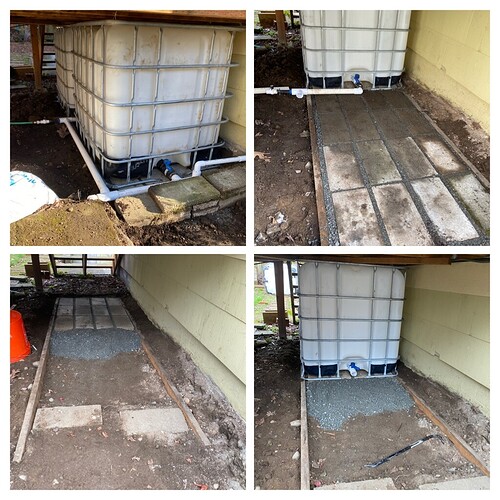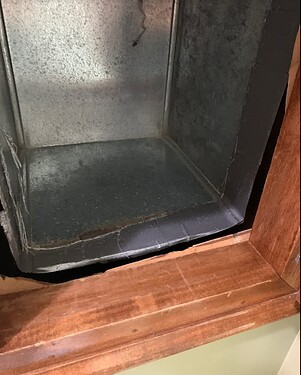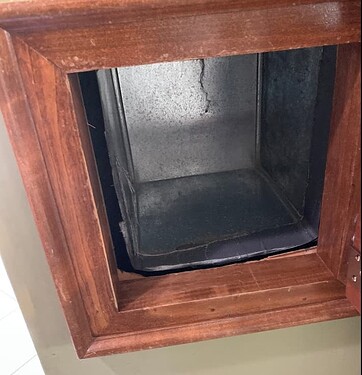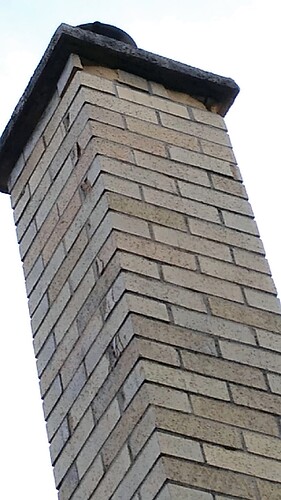Next door neighbors rowhouse just burned down. Our house seems fine (no visible fire/burn/water damage) but heavy smoke damage. We likely need to replace beds, carpet, couches, etc. Should we just use the insurance company adjuster? Or a public adjuster? Some public adjuster basically showed up after the firefighters and was handing out his card which strikes me as sketchy but I’m also inclined to never trust insurance companies.
Yeah, 12W per light makes sense. From there your math is good and that makes sense for LEDs, which don’t use much power. And now really don’t worry as long as the connections were made well.
Thanks. I really appreciate the help.
I still am curious about what he thought needed to be done. I’ll have to ask him and report back.
Here’s another issue that came up.
I’m going to put some dimmer switches on these lights. In the manual that came with the lights it lists some models of compatible dimmers. I had one that had a very similar, but not identical model number and noticed that the lights on that switch no longer reach their maximum brightness. So, I figured that maybe this dimmer really isn’t compatible with the lights.
Then when I looked through the list of compatible dimmers, the first two I looked into buying said “not for use with LED lights” on the website. So light manufacturer says the dimmer should work. Dimmer manufacturer says it shouldn’t work.
The best thing I can think of is to keep trying and returning dimmers until I find one that works. Alternatively, I guess I could just take the lights out and get different fixtures that I know work with this dimmer (I have them installed together in another room, but I didn’t get the same lights for this room because I like how these other ones look just a bit more).
Any other ideas?
I have no special insight here. Almost all the electrical work I’ve done professionally has been solar or service changes (sometimes required because for solar). The previous question was related to wire and breaker sizing which applies to any circuits. Changing dimmers sounds like something to try first because it’s easier and less expensive. I know dimmers and leds is an issue sometimes.
Thanks. I guess I’ll just proceed with that plan.
what’s up home improvement UP!
brag: doubled rain collection volume.
beat: missed a big rain last night.
variance: room to double one more time.
This is so stupid, but I am useless at all things home related.
We have a laundry chute that drops from the master bedroom upstairs to the laundry room on the first floor. Right now, the chute isn’t really attached to anything at the exit point, and I’m nervous about stuff falling through the gap:
Is there an obvious and easy way to address this?
I’d probabaly just go with more duct tape.
First thought was to bend the left part in the picture back to where it’s in line with the exit, and nail a wood board into the wood part such that the chute would catch on that were it to try to bend back to where it is. Do the same on the other side in case it wants to bend the other way.
Not sure if this would result in clothes catching on the wood board or not but it at least makes sure the chute is in line with the opening.
Cardboard box of the right size.
That’s the overall design I was thinking of. That the metal chute has metal flaps on the side like a box that you could screw into the wall. Barring that, maybe L brackets to hold the chute flush with the wall?
FLEX TAPE
I appreciate all of these responses. I think I’m looking for a unicorn of something that will be aesthetically pleasing, robust, and fairly straightforward to do (i.e., without getting into the wall).
Pretty box of the right size.
I’m getting hung up on how the connection would work. I think if I understood how you imagined connecting the box to both the chute and the exit, I’d just do that without necessarily needing the box.
We’re looking at the wall at the bottom floor right?
No connection at all. Put the right sized box in there and nothing can fall through the crack. You could pull the box/basket out and the clothes come with it. You could have a notch or folding front and pull things out. You could just cut the front and fold it down so clothes fall down and into a basket on the floor.
You can try an insert made from cardboard and redo it and ultimately maybe iterate to a fancier final version.
Am I right to assume the bi yearly check up by the AC people isn’t needed? Our AC company is selling it at 400 dollars a year.
Sounds like a question for zikzak, but I can’t imagine that causing a problem for years.



